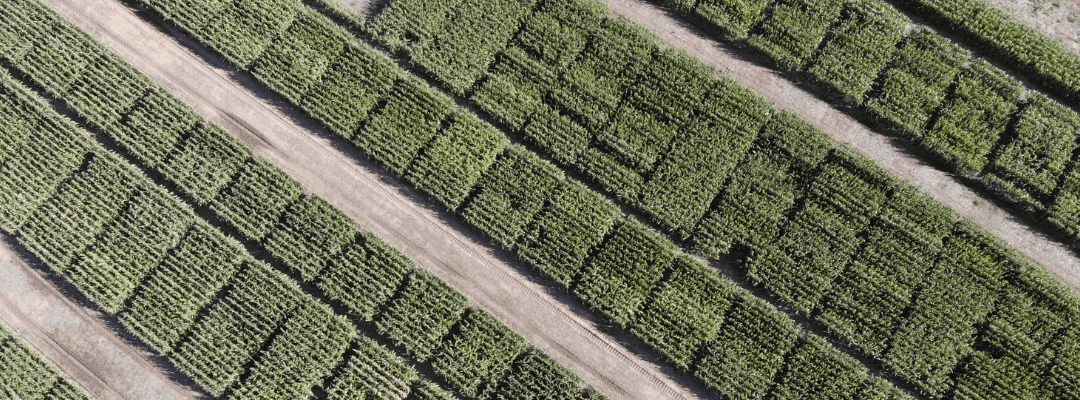We often hear the phrase, “quality over quantity,” implying that more is not always better – but imagine getting more without sacrificing quality. Oftentimes, in research at least, more is less valuable because of the negative impact to quality. Technology has since flipped that misconception on its head.
In research, collecting as much data as possible only further validates outcomes and provides deeper insights. With the average farm producing over 500,000 data points per day, the amount of data and measurements available for capture are bountiful. So, the problem really isn’t the quantity of data it is the ability to collect all of the meaningful data – which is where aerial imagery comes in handy.
The simple answer to the question of whether or not more is better in terms of research and development is: yes. If you are out shopping and you stumble upon a new variation of food you have never seen or heard of, wouldn’t you hope they have enough evidence and data to prove it is safe to consume?
The aspect of “more” is simply providing more evidence to support or denounce what is being tested – leading to more definitive answers, more accurate results, and more evidence to validate outcomes.
Capturing More Measurements in Less Time
The only major problem associated with collecting large amounts of data is the time and cost commitment often associated with it. But imagine if that were not a concern and you were getting more data while utilizing fewer resources and less time. Naturally, you would want to take advantage of that opportunity.
Time and time again, aerial imagery has demonstrated a clear difference in the quality and quantity of data captured compared to manual methods. With manual methods, the data being collected is essentially subjective data. It is typically one area of the research plot or field that is then utilized to assume the entire fields performance – and that is not reliable enough. Ag drones and sensors’ ability to capture 100% aerial imagery transformed data collection by providing a standardized, more accurate method.
Ag technology is only getting more advanced – making it easier to capture key data and analytics for research plot trials and fields. Technology still has pushback from potential users, typically due to their preference for traditional methods or concern of reliability of these innovations. And one by one, the concerns revolving ag drone systems are being debunked.
It is so late in the growing season; won’t the canopy be too thick to capture the data needed? Nope, there’s Normalized Difference Red Edge (NDRE) for that.
Stitching is just too time consuming, and I already have a busy schedule.
Well, now there Sentera’s DGR System that cuts the need for stitching mosaics and putting out ground control points.
These innovations are being made to combat challenges facing the industry and providing more efficient and productive alternatives. Seeking out and taking advantage of innovative technologies is only going to boost your workflow and provide you with more, for less.
The Value of More in Ag Research Plots & Product Development
Ag drones and sensors have cut the constraints that were given by manual methods. There are no longer these time, cost, and effort limitations that turned researchers away from gathering more data. Leveraging today’s technologies to collect more data, faster allows for more research plots to be covered in shorter amounts of time.
With ag drone systems and software, there is no longer a correlation between more research and more labor. By now, we have all heard about the labor shortage and have felt its effects – higher costs, less available help, and less time. So being able to reduce the number of people you need manually collecting, sorting, and analyzing data by supplementing ag technology proves to be extremely resourceful.
Not only are you reducing your staff number, but you’re also taking away time-consuming tasks from already overflowing workflows. So, without increasing an already busy workflow and conducting more plot trials, what are your expected results?
- More crossbreeds
- More treatments
- More combinations
Additional measurements collected by aerial imagery translates to getting more with less. These detailed images dive past just providing basic measurements – they give you 25 other ways to quantify performance at that time. All of these extra points allow you to watch for trends and changes that may have been missed with manual methods.
With ag technology, getting detailed insights on the critical data at different stages of your plant’s growth. This opens you up to picking up on crucial indicators, adjusting, and predicting productivity for the year. The more data you are collecting, the more understanding you will have on performance and will play a significant role in planning for next year.
Research is not a one and done deal. Whether you are in seed breeding or product development, more testing is going to provide more definitive results, more options, and more supportive data.


